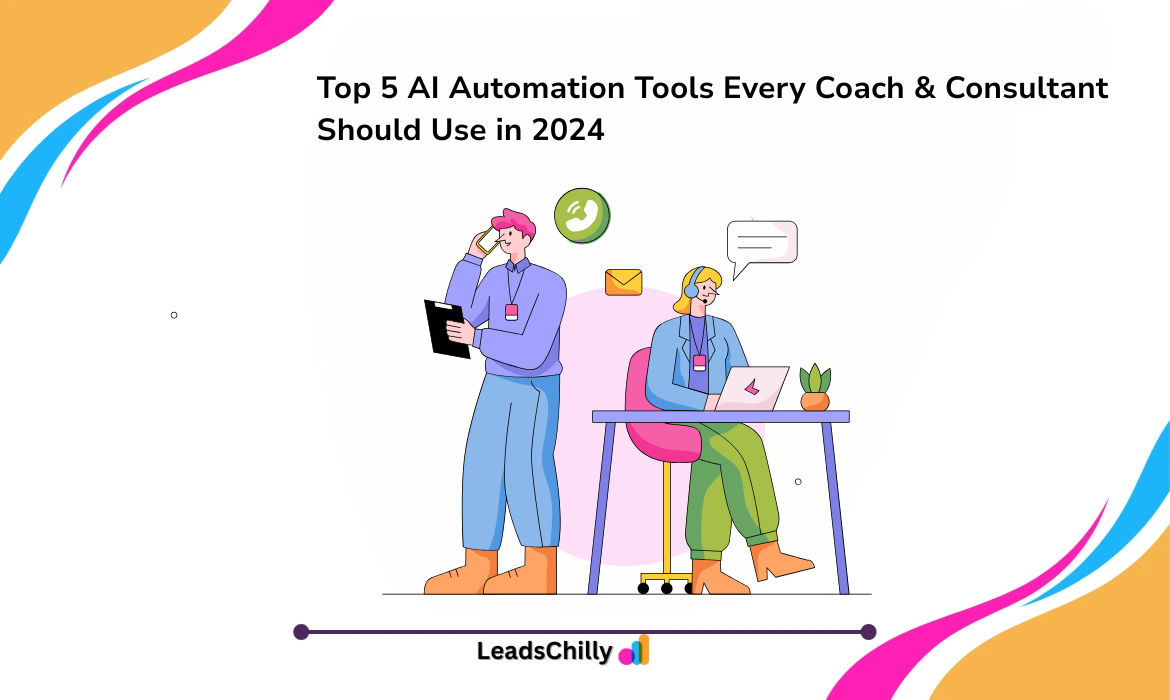Email campaigns are a great way to connect with your audience and promote your product or service. But with so many brands vying for attention in people’s inboxes, how can you make sure your email stands out? In this blog post, we will explore 20 of the best email campaign examples and tips for running a successful email campaign of your own. From subject line tips to design inspiration, we’ve got everything you need to create an email campaign that will get results.
- Define your goals
There are a few key things to keep in mind when creating email campaign goals:
- Keep it simple– Focus on one or two specific goals for your campaign. Trying to accomplish too many things will only make it more difficult to achieve success.
- Make it measurable– Your goals should be something that you can track and measure progress against. This will help you determine if your campaign is successful or not.
- Be realistic– Don’t set goals that are impossible to achieve. This will only lead to frustration and likely cause you to give up on your email campaign altogether.
Now that we’ve gone over some general tips, let’s look at a few examples of email campaign goals that you could set:
- Increase brand awareness– This could involve setting a goal to reach a certain number of people with your message or to get a certain percentage of people to open and read your emails.
- Drive traffic to your website– This goal would involve sending people from your email campaigns to specific pages on your website, such as product pages or landing pages. You could measure this by tracking the number of clicks through from your emails to your website.
- Generate leads- If you want people to sign up for your newsletter or download a white paper from your website, then this would be the goal for you campaigns. You could measure this by looking at the number of conversions.
2. Segment your audience
When it comes to email marketing, segmentation is key. By dividing your email list into smaller groups, you can send more targeted and personalized messages that are more likely to resonate with your subscribers. Not only will this improve your open and click-through rates, but it will also help you build better relationships with your subscribers.
To segment your audience, start by looking at your customer data. What demographics do your customers fall into? What are their interests? What kinds of messages have they responded well to in the past? Based on this information, you can start to create segments of your email list.
For example, you might create a segment for first-time buyers, another for loyal customers, and another for people who live in a certain geographic area. Once you’ve created these segments, you can start crafting messages that are tailored to each group. Remember to test different subject lines and offers to see what works best for each segment.
3. Create compelling content
- Creating compelling content for your email campaigns can seem like a daunting task, but it doesn’t have to be! There are a few key things to keep in mind when crafting your content that will help ensure your emails are successful.
- First and foremost, your content must be relevant to your audience. It should address their specific needs and pain points, and offer them valuable information that they can use.
- In addition to being relevant, your content must also be engaging. It should be well-written and easy to read, with a strong call-to-action that motivates recipients to take the desired action.
- Finally, don’t forget to test your content before you send it out! A/B testing can help you determine what works best for your audience and ensure that your email campaign is as successful as possible.
4. Design attractive emails
Your email campaign should be designed to be visually appealing and easy to read. Use a clear layout with a simple color scheme, and make sure your content is organized into distinct sections. Avoid using large blocks of text, and break up your content with images, infographics, or videos.
Include a strong call-to-action (CTA) in your emails, and make it easy for recipients to take the desired action. Use actionable language and put your CTA button in a prominent location. Use A/B testing to experiment with different subject lines, content formats, and CTA buttons to see what works best for your audience.
Finally, pay attention to the technical details of your email campaign. Make sure your emails are mobile-friendly and properly formatted, and test them on multiple devices before you send them out.
5. Use an engaging subject line
our email’s subject line is one of the most important elements of your email campaign. It’s what gets your email opened, so it’s essential that you take the time to craft a subject line that will entice your subscribers to open your email. Here are some tips for creating an engaging subject line:
- Keep it short and sweet: A subject line should be no more than 50 characters long.
- Make it specific and actionable: Your subject line should be specific to the content of your email and include a call to action. For example, “Check out our new arrivals” or “Save 20% on your next purchase.”
- Use emojis: Emojis can help your subject line stand out in a crowded inbox and add a touch of personality to your email. Just don’t go overboard with them!
- Test, test, test: The only way to know for sure what works best for your audience is to test different subject lines and see which ones get the best results.
Timing is everything
There are a number of factors to consider when planning your email campaign, but timing is one of the most important. You need to make sure you send your emails at the right time, or you risk them getting lost in the shuffle.
The best time to send an email depends on a number of factors, including your audience and what you’re trying to achieve with your campaign. However, there are some general guidelines you can follow to ensure your emails get seen and acted upon:
- Send during business hours: Most people check their email first thing in the morning or during breaks at work. Sending during business hours ensures your message will be seen by the majority of your recipients.
- Avoid weekends and holidays: People are generally less likely to check their email on weekends and holidays. If you must spend these days, try to avoid early morning or late evening hours when people are likely to be busy with other things.
- Time zone differences: If you have a global audience, take time zone differences into account when planning your campaign. You don’t want to send an email too early or too late for people in different parts of the world.
By following these general guidelines, you can ensure your email campaigns are timed for maximum impact.
6. Personalize your email campaigns
Email campaigns are a great way to connect with your customers and build relationships. However, before you start sending out emails, you need to make sure you personalize your campaigns.
Here are some tips on how to personalize your email campaigns:
- Use the customer’s name in the email subject line.
- Address the customer by name in the email body.
- Segment your list so that you can send more targeted emails.
- Create a sense of urgency in your emails.
- Use images and videos to make your emails more engaging.
- Offer personalization options such as allowing customers to choose their favorite products or colors.
- Send birthday or holiday greetings to your subscribers.
- Ask your subscribers for feedback and use their input to improve your future campaigns.
7. Keep your emails short and sweet
When it comes to email campaigns, shorter is almost always better. No one wants to open an email and be confronted with a wall of text. Keep your emails concise and focused on a single message or call to action.
If you have a lot of content that you want to share, consider breaking it up into a series of shorter emails. You can also include links to longer articles or webinars for those who want more information.
In general, aim for emails that are less than 500 words. That may seem like a short amount, but it’s really all you need to get your point across. Anything more is just going to overwhelm your readers.
8. Always test your emails before sending
Before sending any email campaign, it is important to test the email to ensure that everything is working as it should. This includes testing the subject line, content, links, and images. By doing this, you can avoid any potential issues that could cause your email to be less successful.
9. Check your analytics to track results
If you’re not tracking your email campaign results, you’re missing out on valuable data that can help you improve your future campaigns. Analytics can help you track things like open rates, click-through rates, and unsubscribe rates.
Open rates tell you how many people opened your email. Click-through rates tell you how many people clicked on a link in your email. Unsubscribe rates tell you how many people unsubscribed from your list after receiving your email.
All of this data is important to know so that you can make adjustments to future campaigns. If your open rates are low, for example, you might want to change the subject line or send time of your next campaign. If your click-through rates are low, you might want to consider adding more links or making the links more prominent.
Tracking results doesn’t have to be complicated. There are a number of free and paid analytics tools available, such as Google Analytics and Kissmetrics. Once you’ve set up tracking, take some time to review the data after each campaign so that you can learn what works best for your audience.



